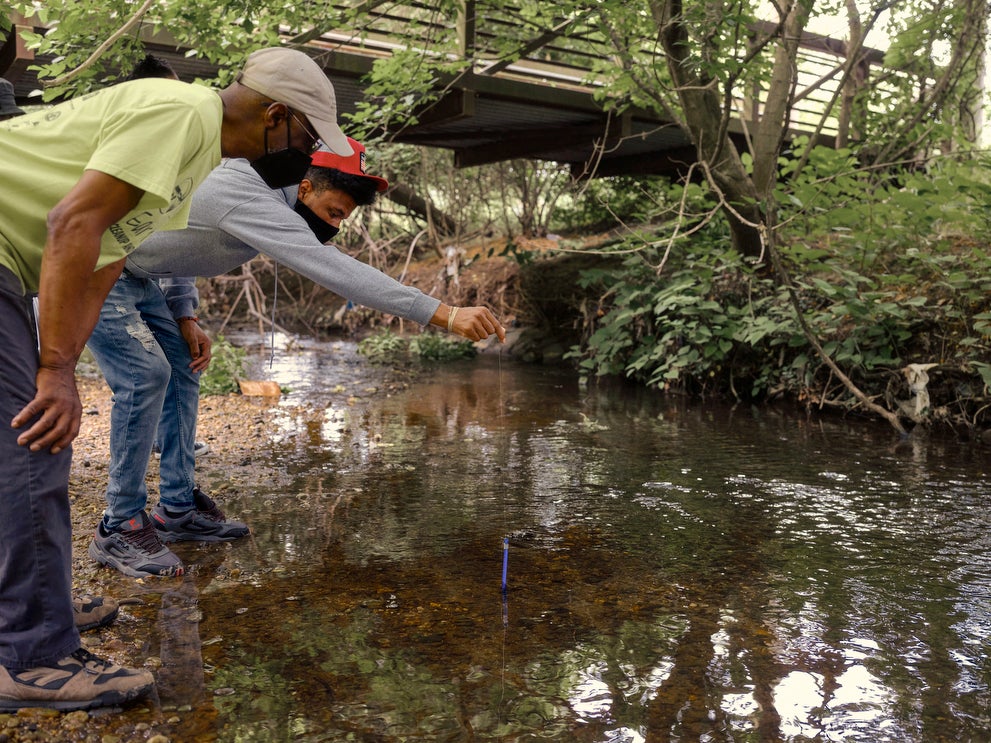Anacostia River: Sediment Pollution Limits
Case Overview
The Anacostia River flows through Maryland and the District of Columbia. Even though it flows through our nation’s capital, it is heavily polluted—raw sewage, trash, and other contaminants flow into the river, especially after heavy rains. Erosion, runoff from grimy streets, and an antiquated sewer system contribute to the problem.
The Clean Water Act requires that each state and the District of Columbia must set water quality standards which would protect the public health or welfare and enhance the quality of water. The state or the EPA must then set limits on the amount of pollutants that can enter a specific water body in any given day (total maximum daily loads, or TMDLs), and the EPA must approve TMDLs only if they are adequate to achieve the state’s water quality standards. Because contaminated sediment is one of the major causes of water quality impairment in the Anacostia, the District and Maryland must set TMDLs to limit sediment pollution along with other pollutants classified as “suspended solids.”
In response to a previous Earthjustice lawsuit, the District of Columbia and Maryland adopted a daily cap for suspended solids in the Anacostia, but these caps are far too high to make the river suitable for recreation or even aesthetic enjoyment. Earthjustice is challenging the EPA’s adoption of these inadequate pollution caps. The Anacostia River deserves better.

Case Updates
Case page created on February 25, 2009.
